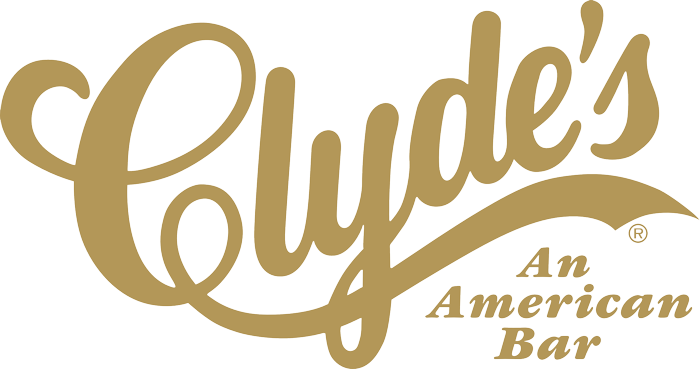Farm Program
How It Started
Tom Meyer on the Clyde's Farm Program:
Tom: Well, we created markets. When we went ahead and started buying and serving locally grown products, we created that market. There was no market for it. No restaurants or hotels in town were doing that. And so we had to go down and kind of access farms.
Most of that product was being sold truck-farm style, kind of roadside down in the country. We would drive down together, Bart (Clyde’s Restaurant Group Vice President) and I, and haggle like on the side of the road. I remember there were a couple of days Bart and I would start in DC, drive to Fredericksburg, then drive all the way to the Eastern Shore and back and we’d finish and then deliver everything. So that would take us from five or six in the morning ‘til ten or eleven at night. We were meeting a family farmer in a rest stop down somewhere on the Eastern Shore and buying pints of blueberries off the back of his truck.
In the beginning, all that stuff was sourced out in Westmoreland County. You could drive down to Fredericksburg, hang a left and drive for another hour in that neighborhood. Slowly we got to the point where we started sourcing stuff also north, a couple of things that gave us more and that also lengthened our seasons. You know, you get a couple more weeks out of strawberries if we start way down south in Fredericksburg.
That product wasn’t being wholesaled, and so we had to go buy it and handle the distribution ourselves. And so essentially we created a market. We created an outlet for farmers. We start doing it, and other people start doing it, and farmers say, “Hey, we can make some money growing high-quality family farm things ‘cause there’s a market for it out there,”
Now it’s kind of common, of course. It makes sense, but at the time, I mean, it was a struggle. It turned out it was much easier to buy a melon from literally another hemisphere. It was way easier to get a melon from Brazil delivered to my restaurant than a melon that was grown sixty-five miles from here. It was a phone call to get a melon from Brazil. It was all-day-long-in-my-car to get a melon locally.
And you would think it would be cheaper to buy something locally. But no, it cost a lot more money. We would spend an extra $45,000 to $60,000 a summer, a twelve-week season, between the extra money you would pay for the produce and what it would cost to do the shipping yourself. So it was an expense to us, but I thought it was well worth it.
We did something that is really hard for other people to do and that’s why it took so long for them to do it. They didn’t see the value in it. The value is purely for the customer. It’s really kind of simple:
You can’t serve the best food and not start out with the best raw products.
